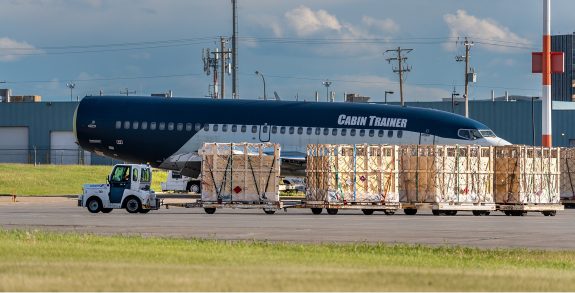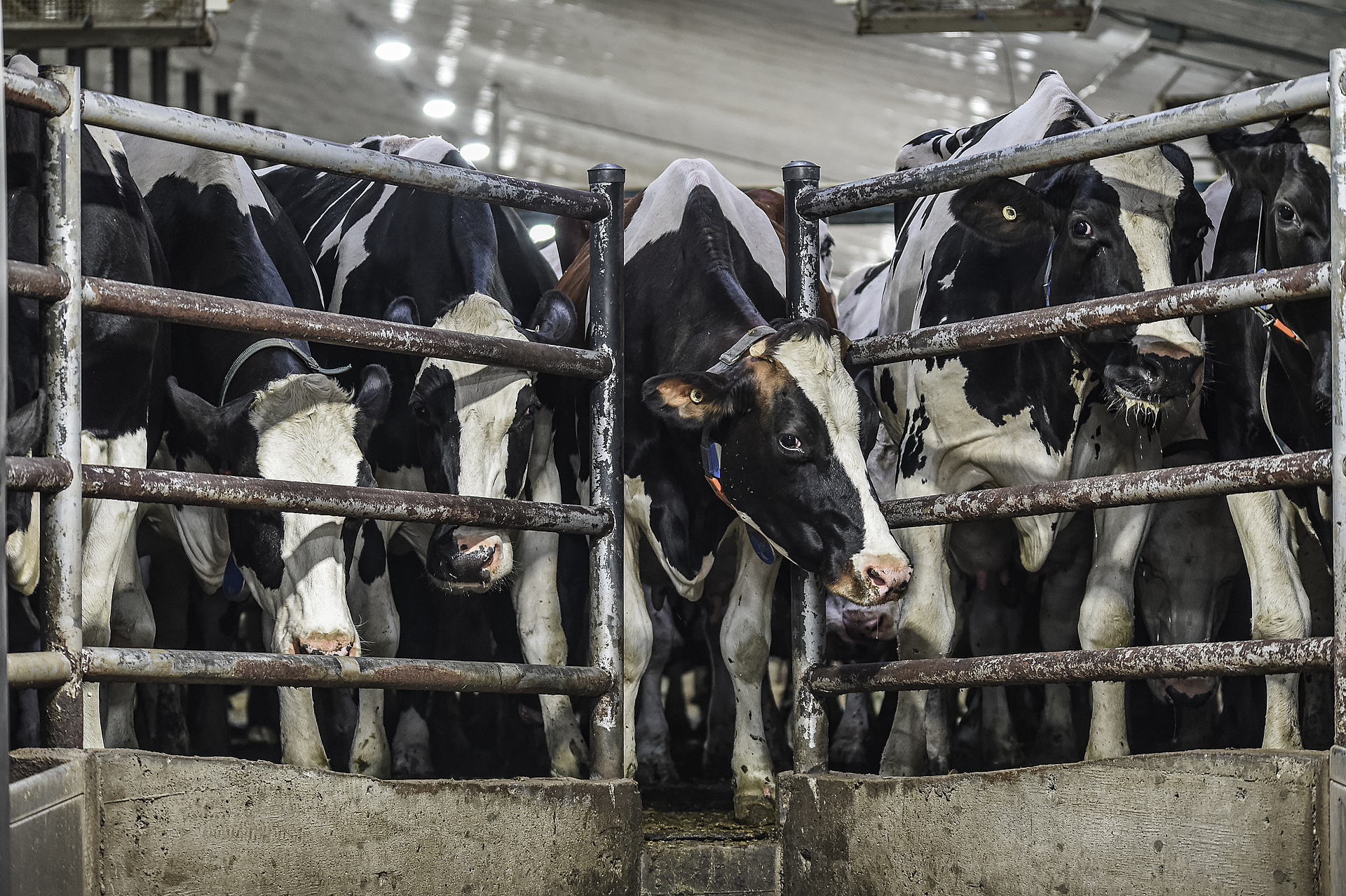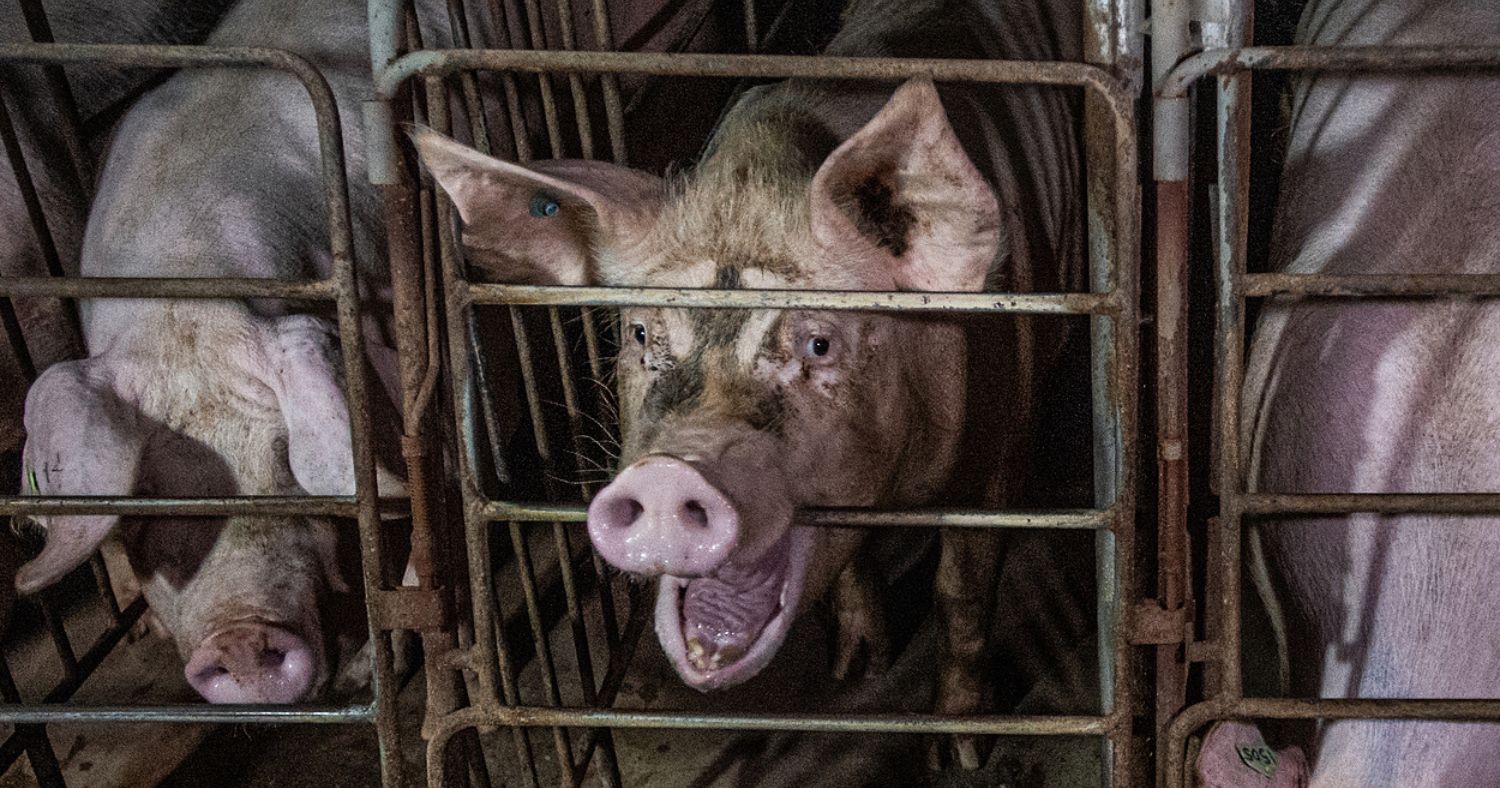3,265 horses were flown to Japan for slaughter in 2024—up 30 percent from 2023.
In 2024, horse exports for slaughter surged to their highest levels in nearly a decade. A total of 3,265 horses were crammed into wooden crates, flown to Japan with a stopover in Alaska, and trucked to quarantine facilities before facing slaughter so their flesh can be eaten raw as sashimi. This marks a staggering 30 percent increase from the previous year, with 765 more horses enduring this cruel journey compared to 2023.
Despite a pledge by the Liberal government in 2021 to ban the practice, a bill to end the exports died when an election was called. With a new Prime Minister and an election campaign we must act now to ensure this issue remains front and centre.

Horse Shipments Increase Despite Exporters Breaking the Law
The sharp increase in shipments is especially troubling given that exporters continue to break the law. Animal Justice’s June 2024 exposé revealed that most shipments exceeded the 28-hour legal time limit without food, water, and rest.
Official records from the Canadian Food Investigation Agency (CFIA) showed the government stopped the clock after planes touched down in Japan—failing to account for the additional four to six hours spent on trucks after landing in Japan. During our monitoring period, two thirds of shipments from Edmonton, and likely all shipments from Winnipeg, violated this limit.
Although shipments paused for a couple of months last summer while the CFIA investigated our findings, the exports tragically resumed in September. Even with the temporary halt, 2024 saw the highest number of horses exported overseas to their death than any year since 2016.
Horses Dying & Injured During Long Flights
The consequences of this brutal trade are dire for horses on this gruelling and dangerous journey. Just days after shipments resumed in September 2024, Animal Justice and Japanese partner, Life Investigation Agency, uncovered Japanese government records exposing how the CFIA made false claims regarding horse deaths and injuries.
The Agency had claimed deaths were rare. But in less than a year, we made the bombshell discovery that at least 21 horses had died, and over 50 were injured.
Keep Horses on the Political Agenda!
With Canada’s federal election on April 28, now is the time to make sure live horse exports are top of mind for candidates and voters alike. Here’s how you can help:
- Contact the leaders of all federal parties and urge them to commit to an immediate ban on live horse exports.
- Reach out to candidates in your riding and ask where they stand on this issue. Let them know your vote depends on it!
Banner: Suzanne Goodwin | HSI Canada | We Animals



